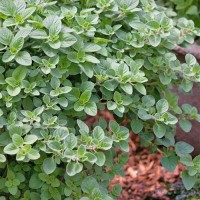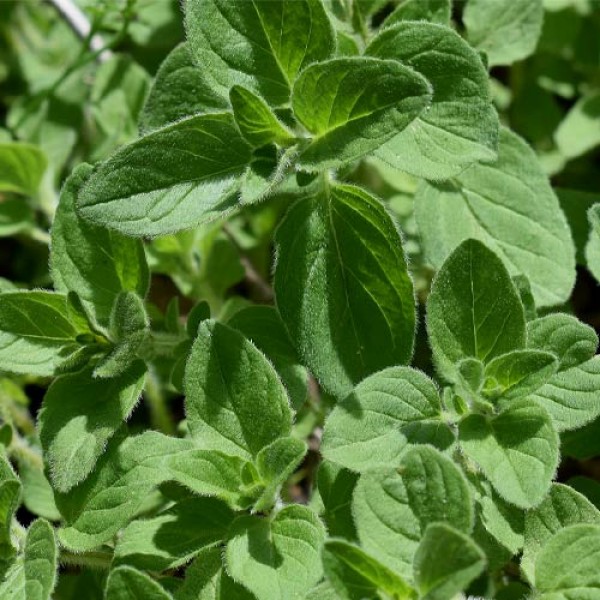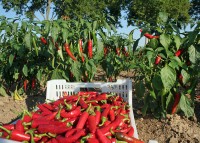Growing Oregano from seed
More than any other herb, oregano is associated with Italian cuisine. But oregano, with its oval and delicate hairy leaves, has only been used as a culinary herb for two hundred years. Before that, oregano was also known as "wild marjoram" and valued for centuries as a medicinal herb. The purple Oregano flowers attract a large number of bees, wild bees, hoverflies, butterflies and bumblebees in summer.
Location
Like many of our kitchen herbs, oregano originates from the Mediterranean region. In our region, it thrives in calcareous soils and sunny locations. Sometimes oregano can be found by the wayside, sometimes in wall joints, or it spreads as a densely flowering, fragrant and humming carpet in sunny locations in summer. You should also choose such a location for oregano in your garden. In the herb spiral, it accordingly takes a place in the dry area, i.e. on the top zone.
However, if all the sunny spots in your garden are already occupied, you can switch to yellow-leaved oregano varieties. These also thrive in partial shade. However, the soil should always be well-drained and lean.
If you do not have a garden, you can also grow oregano in pots and tubs on the balcony or terrace. For this you should use a herb soil or potting soil, which you can lean with a little sand.
Sowing
Oregano can be sown outdoors from March to June. Good locations are full sunny areas with medium, well-drained soil. As oregano is a light germinator, the seeds should only be pressed on or, if there is a risk of the seeds being blown away by wind, covered with a maximum of a 0.5 cm thick layer of planting substrate. At a temperature of 16 to 20 °C the seeds will germinate after 10 to 15 days. The seedlings should be planted 25x30 cm apart so that they do not stand too close together later.
Besides sowing, oregano can also be propagated by division. A splitting of the root ball with subsequent planting is recommended after 3 years, before the plant becomes woody and thus unattractive. If new plants are preferred, these can also be grown from cuttings.
Care
As a perennial, oregano grows persistently. You do not need to sow new seeds the following year. Unlike thyme, the stems of oregano do not lignify as much and form uniform green cushions.
In somewhat rougher areas, it is advisable to cover the oregano with some spruce twigs to protect it from frost damage. If your oregano clumps become too large, you can divide them carefully with a spade, dig up the excess and use it. A neighbour may also be pleased to receive new plants.
Flowering
Between July and September you can harvest the oregano flowers. During this time the herb has beautiful purple blossoms. However, the flowers do not have such a strong scent, but rather the characteristic fresh taste that is known from the oregano leaves. Oregano flowers taste particularly good in salads or spreads, for example. But they are also an eye-catcher as edible decoration on a potato dish.
Tip: Do not pick the whole oregano. Leave some of the flowers. They are an important food source for insects.
Pests and diseases
Oregano is not sensitive to pests and bacteria. Only some butterfly species use the plant as a food plant for their caterpillars. However, as the herb grows very persistently and abundantly, it is not usually affected by this infestation. Allow the caterpillars their meal and enjoy the diversity of species in our garden!
Harvest and storage
When the oregano is large enough, the small oval leaves can be harvested gradually. When doing this, make sure that it is not harvested bare. Another option is to cut off a few stems near the ground. These can then be hung up in a dark room to dry. This should be done before flowering. This is when the concentration of the aromatic essential oils is highest.














